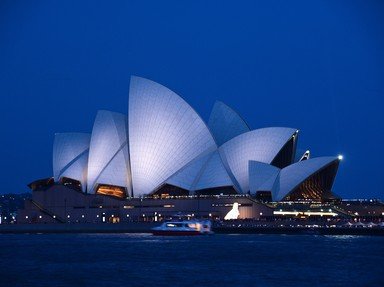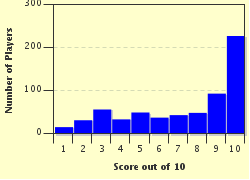Quiz Answer Key and Fun Facts
1. Tales of bushrangers, whether accurate or embellished, are as culturally iconic in Australia as kangaroos and koalas. Which Rolf Boldrewood novel tells of the exploits of the bushranger Captain Starlight and his Aboriginal right hand man Warrigal?
2. First published in 1929, 'The Adventures of Ralph Rashleigh' could not have been given a more appropriate title. Amongst many others, one of the adventures experienced by Mister Rashleigh was living with an Aboriginal tribe for more than four years, but who exactly was Ralph Rashleigh?
3. Upon its publication in 1929, this novel by Katharine Susannah Prichard created a literary controversy with its theme of taboo and forbidden love between a white man and a black woman. Sharing its name with its Aboriginal heroine, what was the title of this book?
4. This author was no stranger to the Aboriginal people of Australia's remote Top End region and much of his work was inspired by his interaction with them. Two of his best known novels are 1938's 'Capricornia' and the epic 'Poor Fellow My Country' from 1975. Who was this author?
5. The first in a trilogy of historical novels exploring the early years of white man's settlement in Australia, 'The Timeless Land' by Eleanor Dark was published in 1941. This novel covers the first five years of settlement beginning with the arrival of the First Fleet and therefore is set in what historical timeframe?
6. In Patrick White's 1957 novel 'Voss,' a German explorer is both aided and hindered by Aborigines and ultimately meets his fate at the hands of one he had previously put his faith and trust in. This story is a fictionalised account of which Prussian born explorer's attempt to cross the breadth of the Australian continent in the mid-nineteenth century?
7. A widowed man, his young son, their Aboriginal friend and neighbour and an orphaned pelican band together to accomplish a miraculous rescue of six fishermen in which 1963 children's classic written by Colin Thiele?
8. No matter how hard he tried to conform to the whitefeller ways, Jimmie was still treated with the contempt and scorn reserved for the blackfeller, treatment that would lead him to carrying out a murderous spree across the New South Wales countryside. Such was the lot in life for the title character in Thomas Keneally's 'The Chant of Jimmie ___' who?
9. A certain degree of xenophobia is revealed in some of the inhabitants of a new and growing settlement on Queensland's central coast when Gemmy first appears amongst them in the novel 'Remembering Babylon.' Who was the author of this 1993 book?
10. In her 2005 published novel, Kate Grenville explored the theme of land ownership with emancipated convict William Thornhill staking his claim on what he considered vacant land, and a hostile Aboriginal tribe that saw their land being taken from them. Mostly set on New South Wales' picturesque Hawkesbury River, what is the title of this novel?
Source: Author
Aussiedrongo
This quiz was reviewed by FunTrivia editor
agony before going online.
Any errors found in FunTrivia content are routinely corrected through our feedback system.

